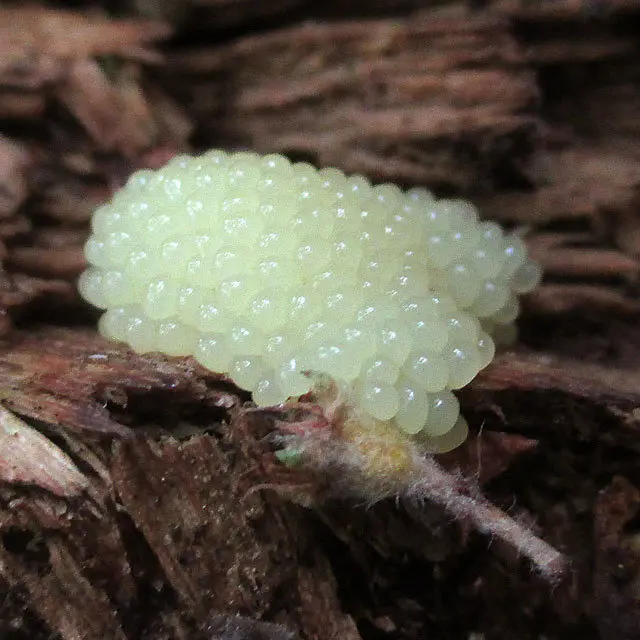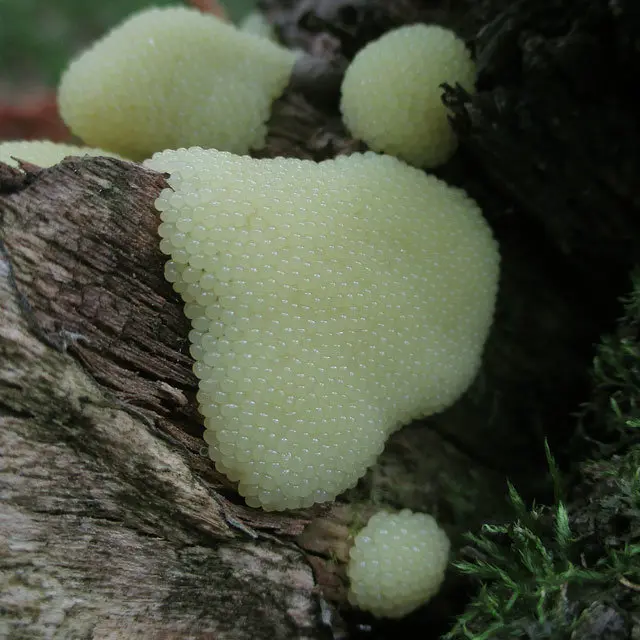Stemonitis axial (Stemonitis axifera)
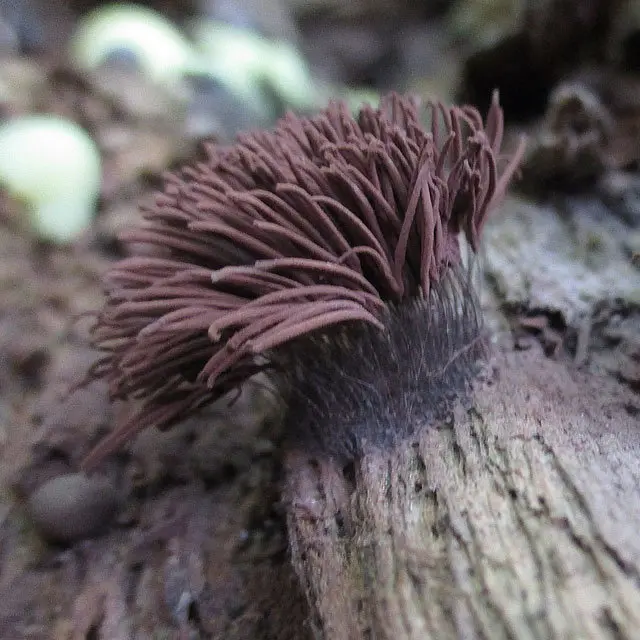
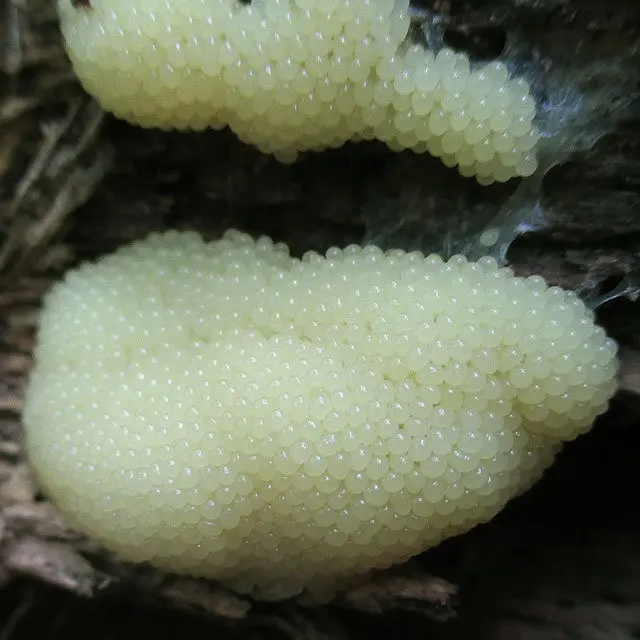
:
Kingdom: Protozoa (Protozoa):
Type: Amoebozoa (Amebozoa);
Division: Mycetozoa (Myxomycetes);
Class: Myxogastria (Myxomycetes);
Order: Stemonitales (Stemonite);
Family: Stemonitidaceae (Stemonitic);
Genus: Stemonitis (Stemonitis);
Type: Stemonitis axifera (Stemonitis axial);
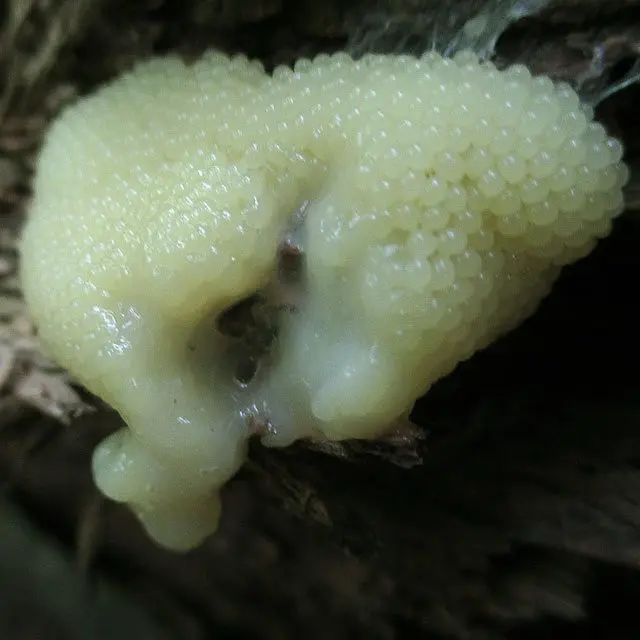
Sporangia light brown, light red-brown, cylindrical, pointed, 7-15 (up to 20) mm high, on a shiny black stem 5-7 mm high, collected in groups in the form of medium and small bundles, located on a common membrane-like hypothallus. In the process of dispersal, the spores lighten. Peridium thin, rapidly disappearing. Sporangia clearly separated from each other, separate.
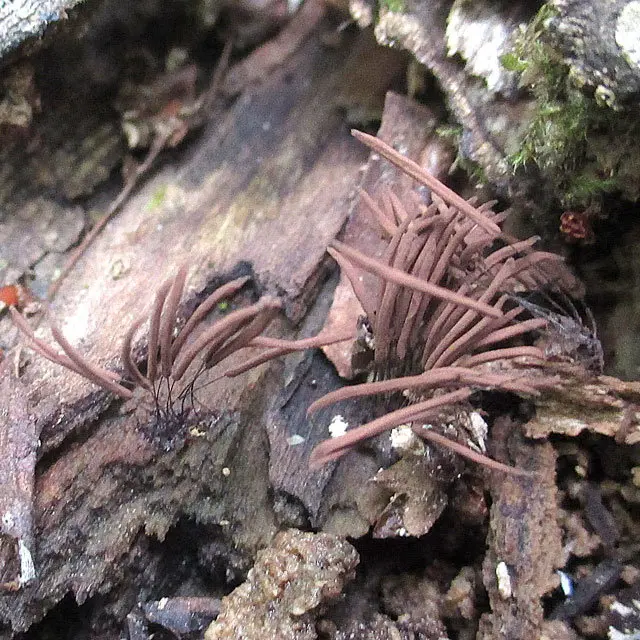
The column (column) does not reach the top of the sporangium, thinning towards the top, branching into a network of capellium. May end with a disc-record. The superficial network of capellium is thin, dense, forming loops of 8-16 μm.
spore powder red-brown. Spores are smooth or slightly finely rough, 5-7 µm in diameter, bright in transmitted light.
Plasmodium white, light yellow, may be greenish, light green shades.
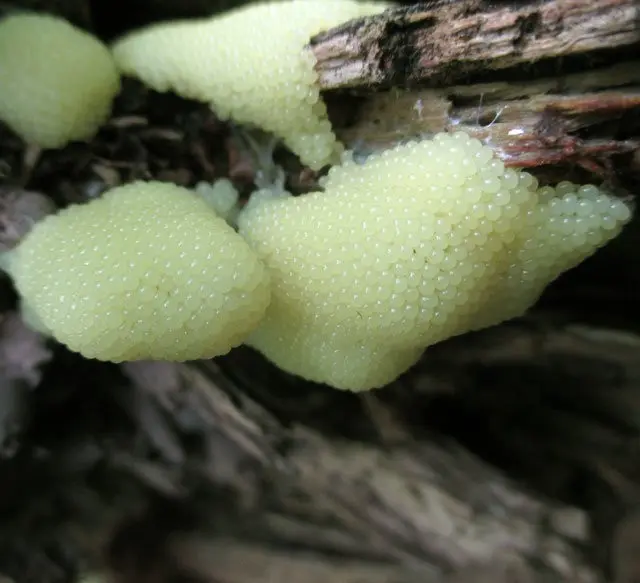
On rotten wood of any species (often deciduous). According to some information, rarely, on live grass.
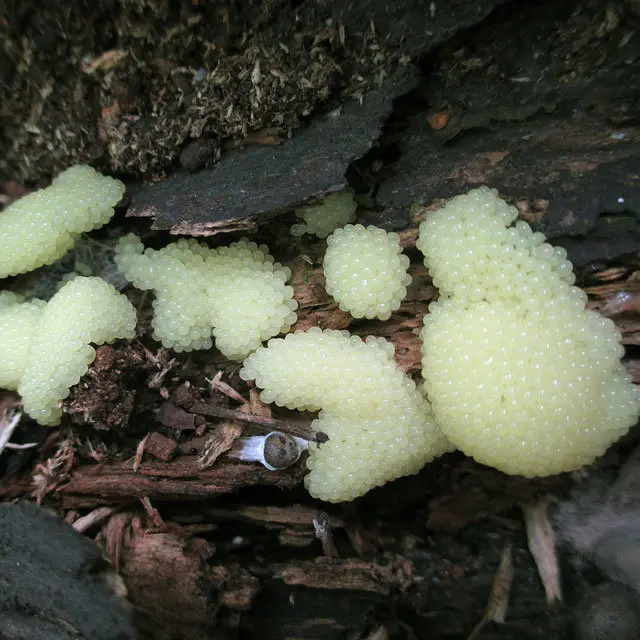
- – no less common myxomycete, differs primarily in blunt and darker (to almost black) sporangia, often “glued” together, and white plasmodium (without yellow hues). Other differences are only at the micro level.
- – rare view. The difference is also in blunt sporangia. Its plasmodium is yellow, lemon yellow, light to white rarely.
- Other stemonitis species are also rare, and most have either blunt sporangia or markedly smaller ones.
